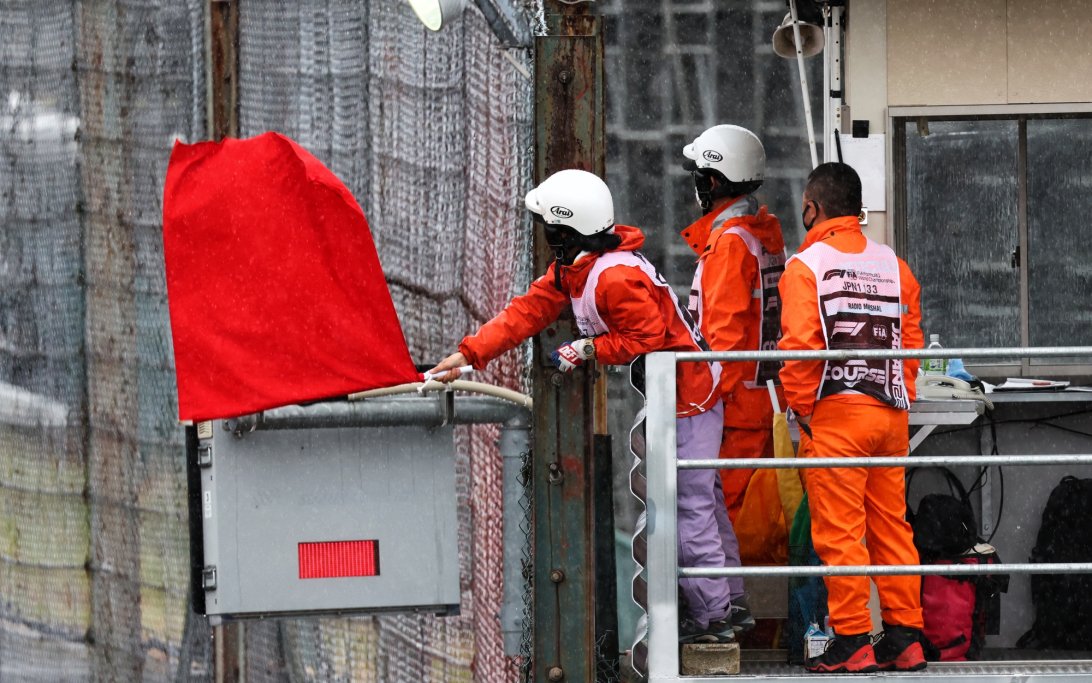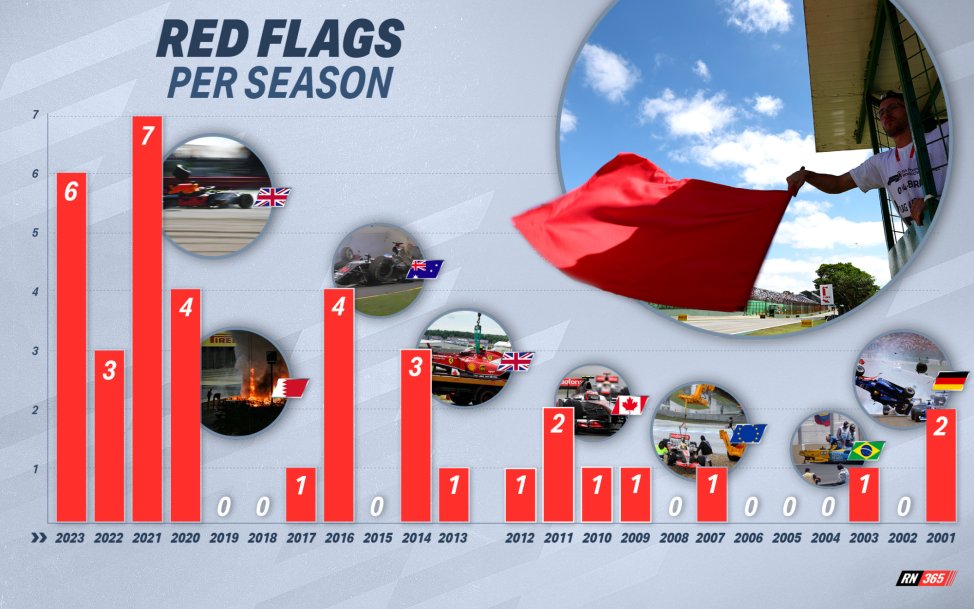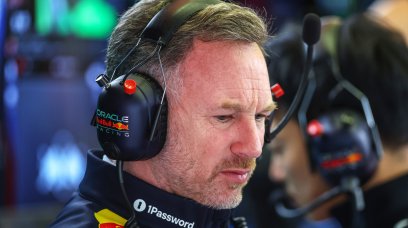This year's Formula 1 campaign saw six red flags deployed throughout the season - the second-most in the sport's history.
The sporting regulations outline that Race Control may opt to intervene and halt the race if “the circuit is blocked by an accident or because weather or other conditions make it dangerous to continue”.
Red flags have been used a lot more liberally in the last four years compared to previous seasons, with 20 race stoppages occurring since 2020.
The 2021 campaign that saw Max Verstappen and Lewis Hamilton go head-to-head for the World Championship featured seven red flags - a record for F1.
There was a dip last year with just three red flags but the tally spiralled upward this year and almost matched the record F1 set itself two years ago.
Viewed by others:
What were the red flags deployed for in 2023?
The first red flag of the year was issued on lap eight of the Australian Grand Prix when Alex Albon crashed while running inside the points.
In fact, it was the first of three red flags to be deployed that race, the most for a single Grand Prix in F1 history.
A second red flag of the Grand Prix was deployed on lap 55 when Kevin Magnussen crashed just a handful of laps before the end.
At the restart, chaos unfolded at the first corner when Fernando Alonso was spun around by Carlos Sainz, while the two Alpine drivers of Esteban Ocon and Pierre Gasly collided and sustained terminal damage.
The fourth red flag of the year came at the Dutch Grand Prix when torrential rain hit the circuit toward the end of the race, causing Zhou Guanyu to aquaplane off the track and into the barrier.
The final two race stoppages of the year came at back-to-back races. Magnussen suffered a high-speed crash in Mexico City, with the barriers needing repairing before the event was resumed.
At the following round in Brazil, Albon and Magnussen collided on the run to the first corner on the opening lap to cause the final red flag of the year, with more barrier repairs required while debris was also cleaned from the track.
Red flags have undoubtedly boosted the show as they more often than that result in standing restarts to mirror the excitement of the traditional opening lap.
It makes for a much more engaging spectacle to have the cars line-up on the grid again after a red flag period than watching them stroll around behind the Safety Car.
A key factor aside from the entertainment factor is the improved safety that it offers - it ensures that thorough work can be carried out on barrier repairs and eliminates the mends being conducted on a live track.
F1's rise in the use of red flags has seen them deployed 20 times between 2020 and 2023 - from 1999 to 2019, the previous 20 were used.
Additionally, there was the same number of red flags used during the 2021 campaign during the entire 2000s decade.
But that's not to say that red flag usage is a modern phenomenon - in the four-season period that spanned 1987 to 1990, 15 red flags were issued.
However, the dip in the years that followed is not likely to be repeated anytime soon as F1 continues to improve safety measures as well as the spectacle for the fans.
Don't miss out on any of the Formula 1 action thanks to this handy 2026 F1 calendar that can be easily loaded into your smartphone or PC.
Download the calenderMost read
In this article













Join the conversation!